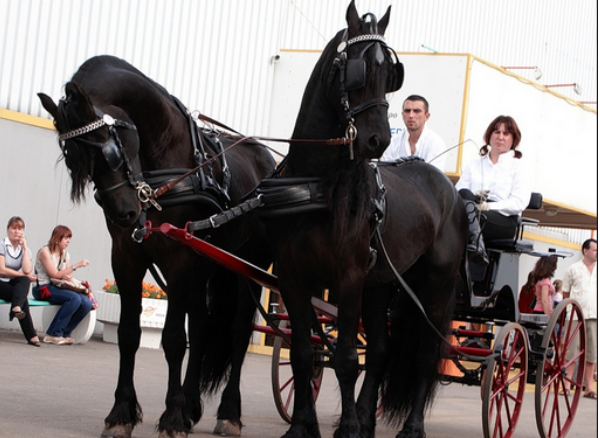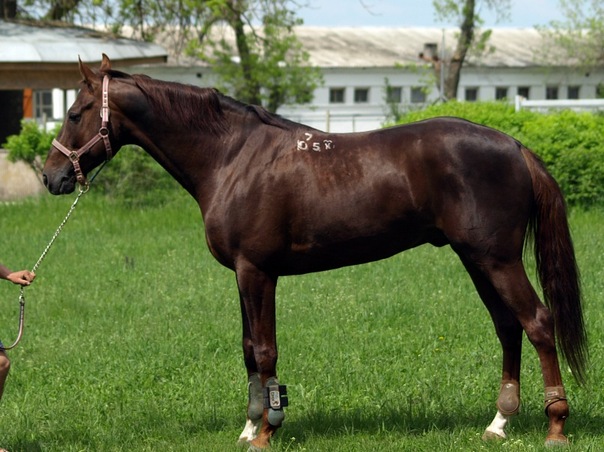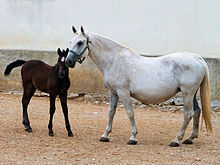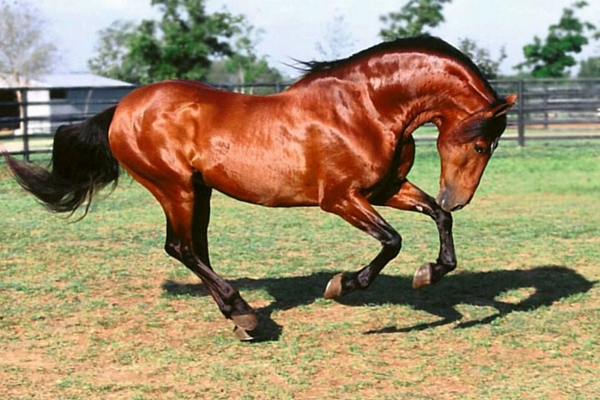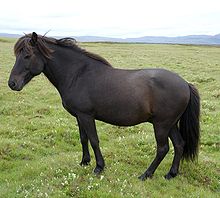heavy trucks
Marvarian horse (part 1)
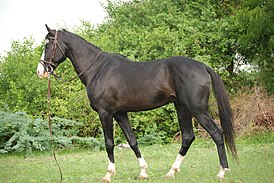 The Marwar horse (Marvari), or Malani, is a rare breed of horse from Marwar, a region in India. Known for its exotic ear shape. They are known for their stamina and are quite similar to kathiyavari, another Indian breed from Kathiyavar. Marwari came from crossing local Indian ponies with an Arabian horse, possibly with some influence from Mongolian horses.
The Marwar horse (Marvari), or Malani, is a rare breed of horse from Marwar, a region in India. Known for its exotic ear shape. They are known for their stamina and are quite similar to kathiyavari, another Indian breed from Kathiyavar. Marwari came from crossing local Indian ponies with an Arabian horse, possibly with some influence from Mongolian horses.
The Rathors, the traditional rulers of Marwar, were the first to start breeding Marwar. Starting from the 12th century, they strictly selected horses for breeding, which contributed to the purity of blood and endurance. Used throughout history as the cavalry horses of the Marwar people, they have been noted as loyal and brave in battle. The breed deteriorated in the 1930s when poor management practices led to a reduction in livestock numbers, but today they have been restored again. Marvari was banned for decades, but between 2000 and 2006 a small amount was allowed. An exception was made for the American Francesca Kelly, who became the organizer of the Indigenous Horse Society of India [1]. Since 2008, visas allowing the exit of the marvari outside of India have been available in small quantities. Continue reading
American painthorse
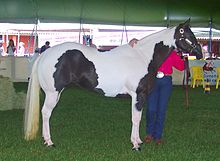 History
History
American painthorse combines the performance of a cowboy horse with a fancy freckle suit. This breed was bred on the basis of quarterbacks and thoroughbred riding horses. Painthorse history is closely linked to quarterback history. Both of these breeds are descendants of horses brought into the New World by Fernando Cortes.
Formed in 1940, the American Quarter Horse Association (AQHA) registered cowboy-type horses, culling freckles and heavily distinguished ones. In turn, fans of freckles have set up several breeding organizations. In 1962, these organizations merged into the American Paint Horse Association (APHA).
Color
Each Painthorse horse has a certain combination of white and a different color. The most common are horses with white spots in combination with blacks, nests, browns and reds. Less common are horses with small specks. Continue reading
Pride of Russian horse breeding – Vladimir heavy truck
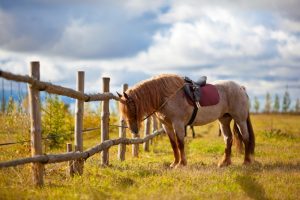 Strong horses were needed in the Middle Ages in order to bear the knight in full armor. Their weight could reach a ton, and height – 2 m. With this build, war knightly horses quickly tired and could not jump. Over time, the ancestors of the Vladimir breed, the English Shires, also came from them.
Strong horses were needed in the Middle Ages in order to bear the knight in full armor. Their weight could reach a ton, and height – 2 m. With this build, war knightly horses quickly tired and could not jump. Over time, the ancestors of the Vladimir breed, the English Shires, also came from them.
The heavy-duty breed Vladimir heavy truck was created not so long ago. Excretion took place in the Vladimir Opole, where the soil is mainly heavy and difficult to open. For the processing of fields there was a need for strong horses. In addition, horse-drawn transport was needed due to urban growth. All these were prerequisites for the emergence of heavy trucks in the Vladimir region. Continue reading
